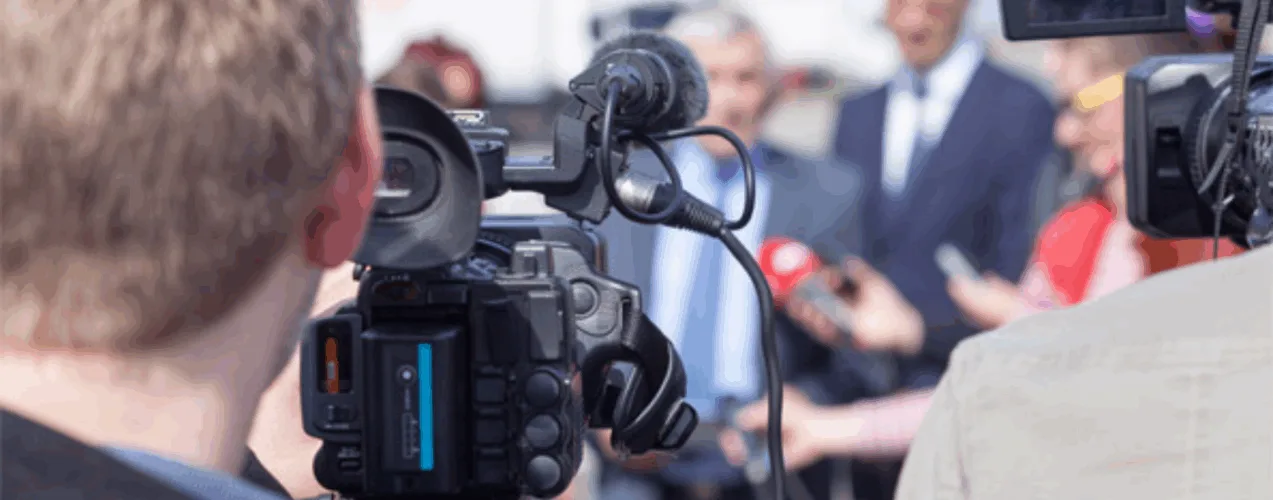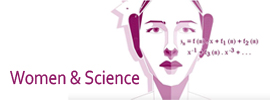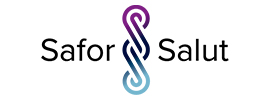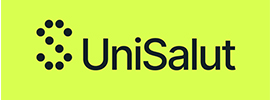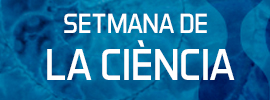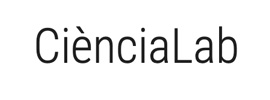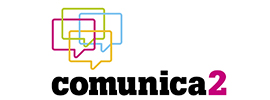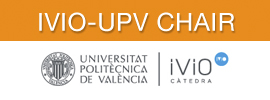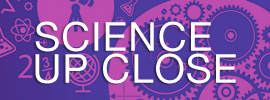In the aftermath of the powerful DANA that hit Spain’s Valencia province in October 2024, authorities confronted not only a historic climate emergency but also a parallel crisis of misinformation—ranging from viral hoaxes to conspiracy theories and fake news. A recent study involving Campus Gandia of the Universitat Politècnica de València (UPV) examined in detail how misinformation shaped public perception of the tragedy and hampered the official response.
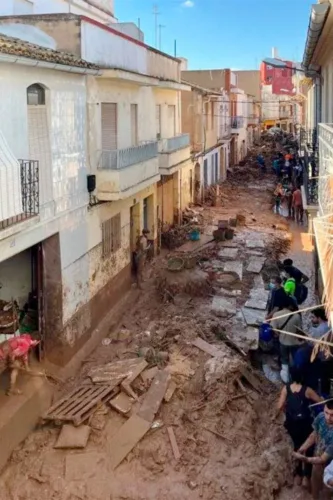
The research, led by Professor Germán Llorca Abad of Campus Gandia in collaboration with Professor Alberto E. López Carrión of the International University of Valencia (VIU), was recently published in the Mediterranean Journal of Communication.
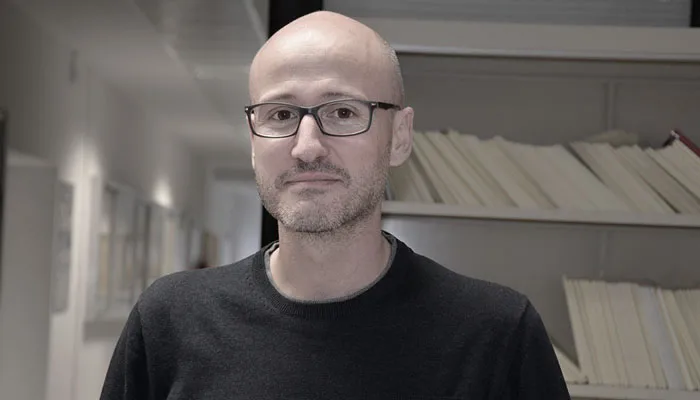
The authors reviewed 185 news articles published between October 28 and November 17, 2024, in leading national and local newspapers, identifying 192 fake stories that spread during the disaster’s most critical period.
False Rumors That Sparked Widespread Social and Emotional Impact
One of the most notorious cases involved the Bonaire shopping center parking lot in Aldaia, where false claims circulated that hundreds of bodies were trapped in submerged vehicles.. This misinformation was amplified by influencers and media personalities, spreading widely across platforms like Instagram and TikTok. Conspiracy narratives also spread rapidly, accusing the government of destroying dams “built during the Franco regime” and claiming that AEMET withheld crucial information about the rainfall.
According to the study, three out of four false rumors consisted of deliberately fabricated content intended to mislead, and 75% were disseminated through open or closed social networks such as X, Instagram, and WhatsApp. “Most of the content carried a strong emotional charge, crafted to provoke outrage, fear, or distrust of institutions,” says Germán Llorca
In some instances, these falsehoods were propagated by journalists or contributors to television programs. The analysis reveals that 28% of false rumors originated from or were circulated within professional journalistic circles, raising serious questions about editorial oversight during crisis situations. Despite this, the authors emphasize the role of certain media outlets that actively helped debunk false information, as well as the efforts of fact-checking platforms such as Maldita.es, Newtral, and VerificaRTVE.
“Diagonalism” and the Political Instrumentalization of Information
One of the study’s most innovative contributions is the application of the concept of diagonalism, a communication strategy that the researchers note was particularly evident during this crisis. This movement blends far-right discourse with themes traditionally associated with the left, such as criticism of institutional power and elites. The goal is to tap into public discontent from multiple ideological angles and exploit uncertainty to reinforce narratives of distrust.
During the DANA, this strategy led to targeted attacks on the government, scientific organizations, and NGOs such as Cáritas and the Red Cross. “In catastrophic situations, attempts to discredit institutions are exploited to create chaos in the news and politically mobilize certain groups,” explains Alberto López-Carrión.
Furthermore, social media algorithms—which prioritize the most viral content rather than the most accurate—amplified these messages, accelerating their rapid spread. “Extreme emotions, such as indignation or fear, drive the highest levels of engagement —and fake news exploits these emotions,” the authors conclude.
Greater Institutional and Digital Responsibility
The study concludes with a clear call to action: it is urgent to enhance citizens’ media literacy, improve institutional mechanisms for responding to information crises, and demand greater transparency and accountability from digital platforms.
Although the government activated official social media accounts to counter disinformation, these efforts were delayed and had limited reach. Researchers recommend implementing streamlined emergency communication protocols and fostering stronger collaboration between public institutions, media outlets, and oversight bodies.
“Combating fake news is not only a matter of truth but also a critical issue for public health and social cohesion,” argue López-Carrión and Llorca-Abad. They caution: “If we do not act decisively, the next emergency will be not only climatic but also informational.”
In addition to this study, Germán Llorca recently published the book “Bulos y barro: cómo la DANA ejemplifica el problema de los desórdenes informativo” (“Fake News and Mud: How the DANA Exemplifies the Problem of Information Disorders”) which he will present on October 30 at 12:30 p.m. in the Conference Room of Campus Gandia.
This book is part of the research project “Informational Chaos: Precarious Quality, (Dis)information, and Polarization” (CIAICO2021/125), funded by the Valencian Regional Ministry of Universities and Innovation.
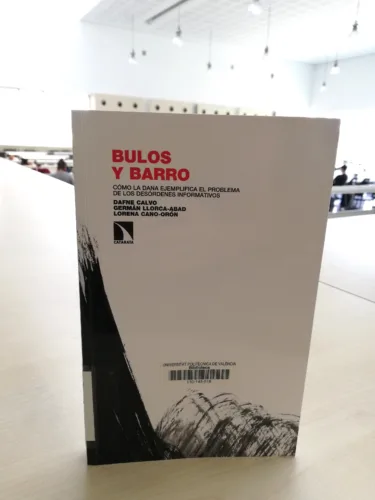
More information about the study:
López Carrión, A. E., & Llorca-Abad, G. (2025). Desinformación durante la crisis producida por la DANA de 2024 en España: análisis, características, tipologías y desmentidos (Disinformation During the 2024 DANA Crisis in Spain: Analysis, Characteristics, Typologies, and Denials). Revista Mediterránea De Comunicación, 16(2), e29303. https://doi.org/10.14198/MEDCOM.29303
